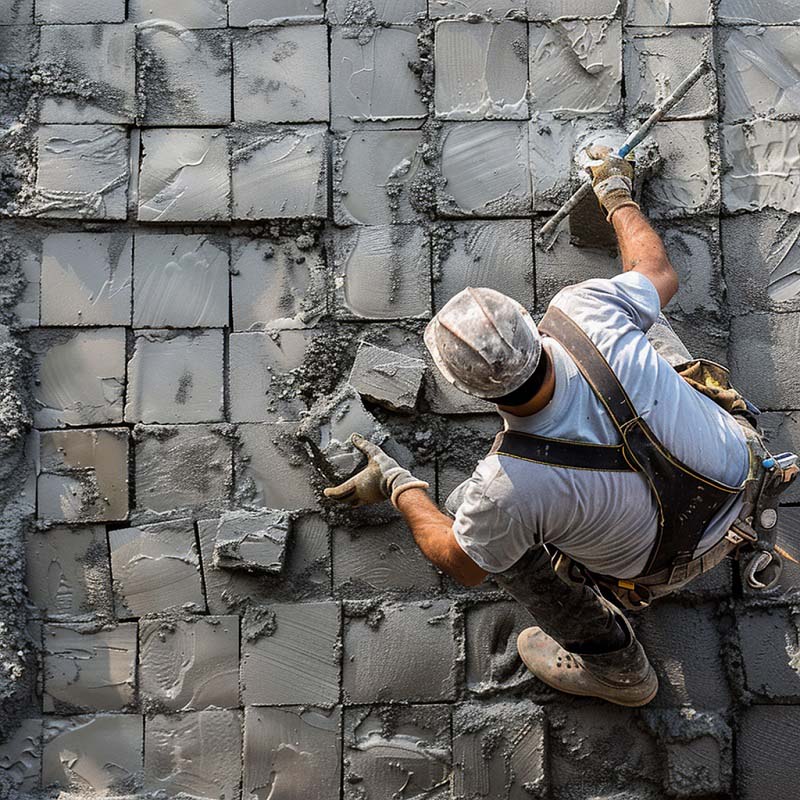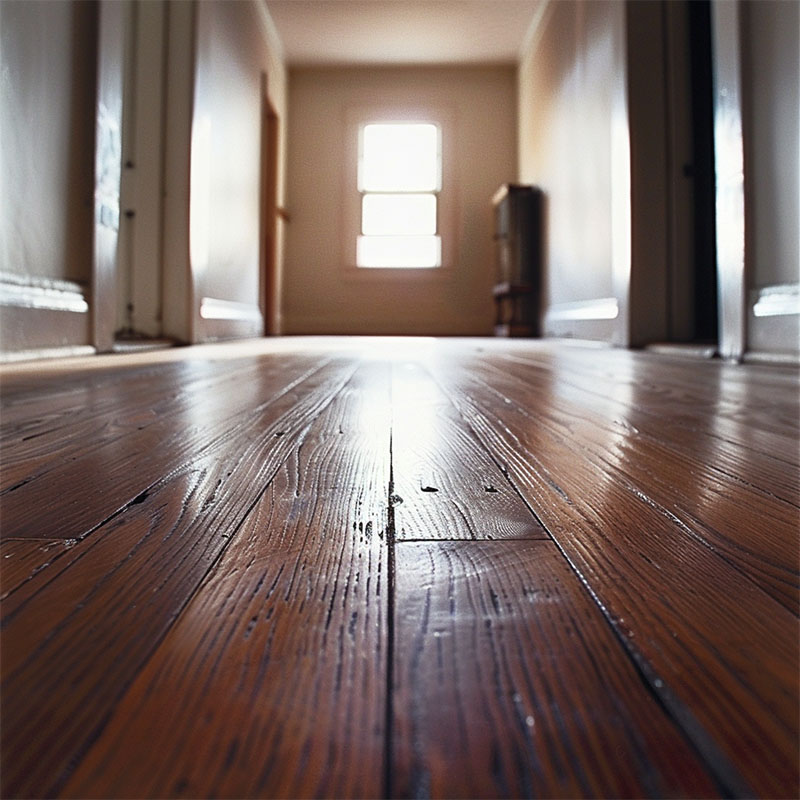When it comes to construction, “concrete” and “masonry” are often used interchangeably, causing some confusion among enthusiasts, clients, and professionals. But are they really the same, or are there nuanced differences between them?
Here, we’ll delve into the intricate relationship between concrete and masonry, shedding light on their similarities, differences, and how they intertwine within the realm of construction.
Defining Concrete and Masonry
First, let’s discuss what each word means. Concrete is a composite material made up of other materials, that are blended with cement and water. When mixed together, these ingredients form a strong material that can be molded into various shapes and structures, making it a vital in modern construction.
Masonry refers to the craft of building structures using individual blocks like bricks, stones, concrete blocks, or clay tiles, bonded together with mortar. Masonry has been a foundational component of construction for centuries thanks to its durability, strength, and timeless appeal.
So, you could accurately say that concrete is part of masonry, but it doesn’t capture the full picture. We’ll discuss that below.
Understanding the Relationship Between Concrete and Masonry
Now, here’s where things get interesting. As we said, concrete is a fundamental component of masonry. In fact, many masonry structures incorporate concrete in some form or another. For example, concrete blocks, sometimes called cinder blocks or concrete masonry units (CMUs), are often used in masonry construction for their strength and versatility.
Concrete plays a vital role as the mortar between masonry units. Mortar, typically a mixture of cement, sand, and water, binds bricks or stones together, providing structural integrity and stability to the overall project. Without mortar, masonry structures would lack cohesion and strength. So, there’s an important relationship between concrete and masonry.
Here’s What Separates Concrete From Masonry
While concrete and masonry are closely related, there are distinctions that set them apart. Concrete, as a composite material, offers exceptional compressive strength and can be poured into molds to create large structures like foundations, columns, and slabs. Its versatility and adaptability make it a preferred choice for a wide range of construction projects.
However, masonry and the emphasis it puts on individual units and mortar bonding, is all about creating intricate designs, patterns, and textures. From ornate brick facades to rugged stone walls, masonry allows artistic expression and customization, adding aesthetic value to strong architectural designs.
The Bottom Line
So, is concrete considered masonry? No, it’s just a material used in masonry. Concrete is a vital component within masonry construction, but it’s just one piece of the puzzle. Together, concrete and masonry form the backbone of many types of structures by blending strength, durability, and aesthetic appeal.
Whether you’re laying bricks, pouring concrete, or enjoying the beauty of a masonry masterpiece, understanding the relationship between concrete and masonry enriches our appreciation for the art and science of construction.
Remember, in the world of construction, every brick, every block, and every pour of concrete tells a story of craftsmanship and dedication—a story that continues to unfold with each passing day.




